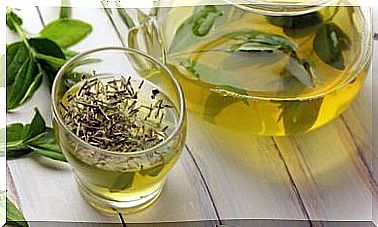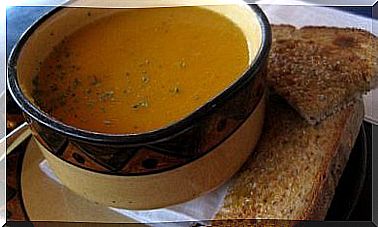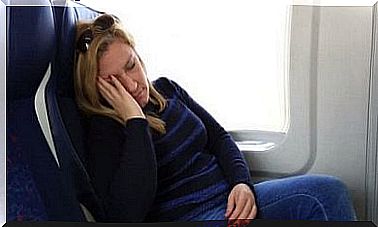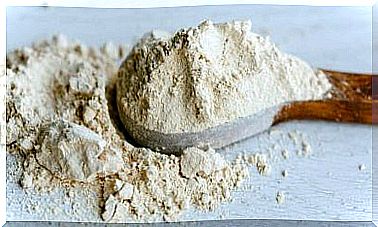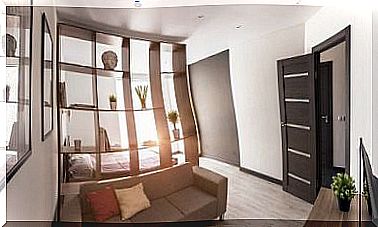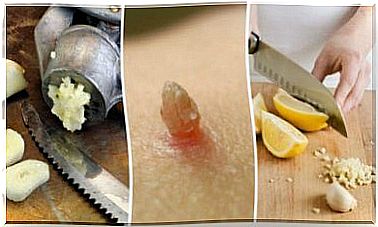Muscle Stretching Symptoms And Types Of Treatment

In today’s article, we will discuss the symptoms of muscle strains and the treatments available for them.
Muscular stretching is a partial or complete rupture of the myotendinous junction, ie the transition area between the muscles and tendons. If a muscle is subjected to excessive stretching, its fibers break. Adjacent structures, such as tendons and blood vessels, can also be affected. As a result, a bruise may form in the affected area.
This type of injury is based on dynamic overload, often accompanied by changes in intensity or position. The cause is represented by the excessive effort we put in very intense sports activities, such as basketball, football or running.
Depending on the level of rupture, muscle strains can be of three types:
- Slight or grade 1 stretches : Consist of microscopic ruptures of muscle fibers. The tendon and adjacent blood vessels are not affected.
- Moderate or grade 2 stretching: In this case, there is a partial rupture of the muscle fibers and adjacent ligaments. A bruise is formed due to the rupture of the blood vessels, and the mobility of the affected region is compromised.
- Severe or grade 3 stretching: Muscle fibers and ligaments rupture completely, leading to a complete or almost complete loss of muscle function. The resulting bruise is very visible and an inflammatory reaction occurs.
What are the symptoms of muscle strains?
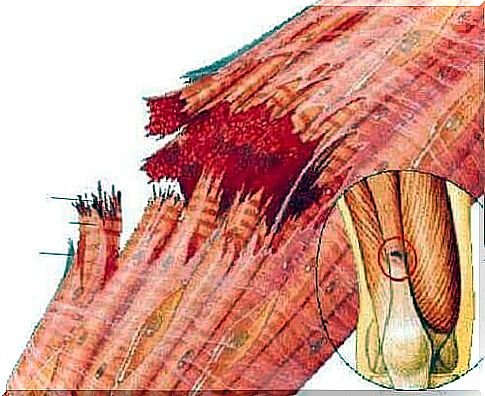
The symptoms of muscle strains depend on the degree of rupture of the fibers. Depending on the category in which the lesion falls, we can see:
- In grade 1 stretches: Muscle function is not reduced and the injured region maintains its mobility. Slight inflammation may occur, accompanied by minor discomfort. The patient may not detect the problem until after the physical activity or the next day.
- In grade 2 stretches: Muscle function is partially impaired and loss of mobility. There is pain in touch, inflammation and bruising. In general, the patient realizes that he has stretched his muscle immediately after the injury and feels the need to complete physical activity.
- In Grade 3 areas: The region concerned has a partial or total loss of mobility. Bruising and bruising form and pain occurs. The patient immediately realizes that he has been injured. When touched, irregularities in muscle tissue can be detected.
Types of treatment for muscle strains
The choice of a treatment for muscle strains depends on the time that has elapsed since the injury and the degree of rupture of the muscle fibers. In any case, you need to apply ice to relieve the pain.
Here are the main treatments for this problem:
Treatment of grade 1 extensions
For the first few days, apply ice and apply pressure to the affected area. Rest, keep the affected area high and practice isometric exercises. All of these measures put pressure on the muscle without the need to move it.
Then, you will need to engage in moderate physical activity, your goal being to gradually return to a state of normalcy. Recommendations include pool exercises, gentle stretches and light weight lifting. In general, anti-inflammatory drugs are not needed because the pain is minor.
Treatment of grade 2 extensions
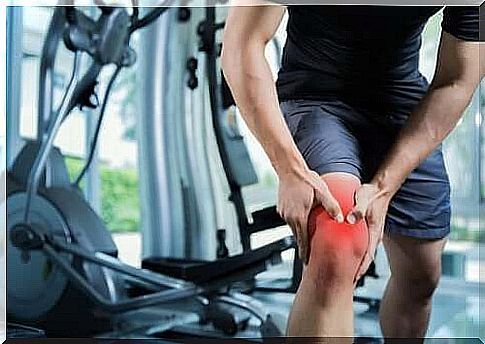
As with light stretches, apply ice and apply pressure to the affected area for the first 2-3 days. At the same time, rest and keep the affected area high. Starting on the fourth day, you can start practicing isometric exercises. Be very careful and stop if you feel pain.
Over the next two weeks, doctors usually recommend moderate physical activity until complete mobility is restored. Your specialist may prescribe medication to treat inflammation and pain.
Treatment of grade 3 extensions
Initially, follow the tips presented above. You need to rest. If you need to move, use crutches depending on the severity of the injury.
In the second week after the injury, you can gradually start practicing isometric exercises. Then, you will be able to gradually incorporate other physical activities into your routine, until you fully recover – which will generally take place in the fourth week. Most likely, your doctor will prescribe anti-inflammatory drugs.
Regardless of the severity of the stretch, it is essential to follow your doctor’s advice.

